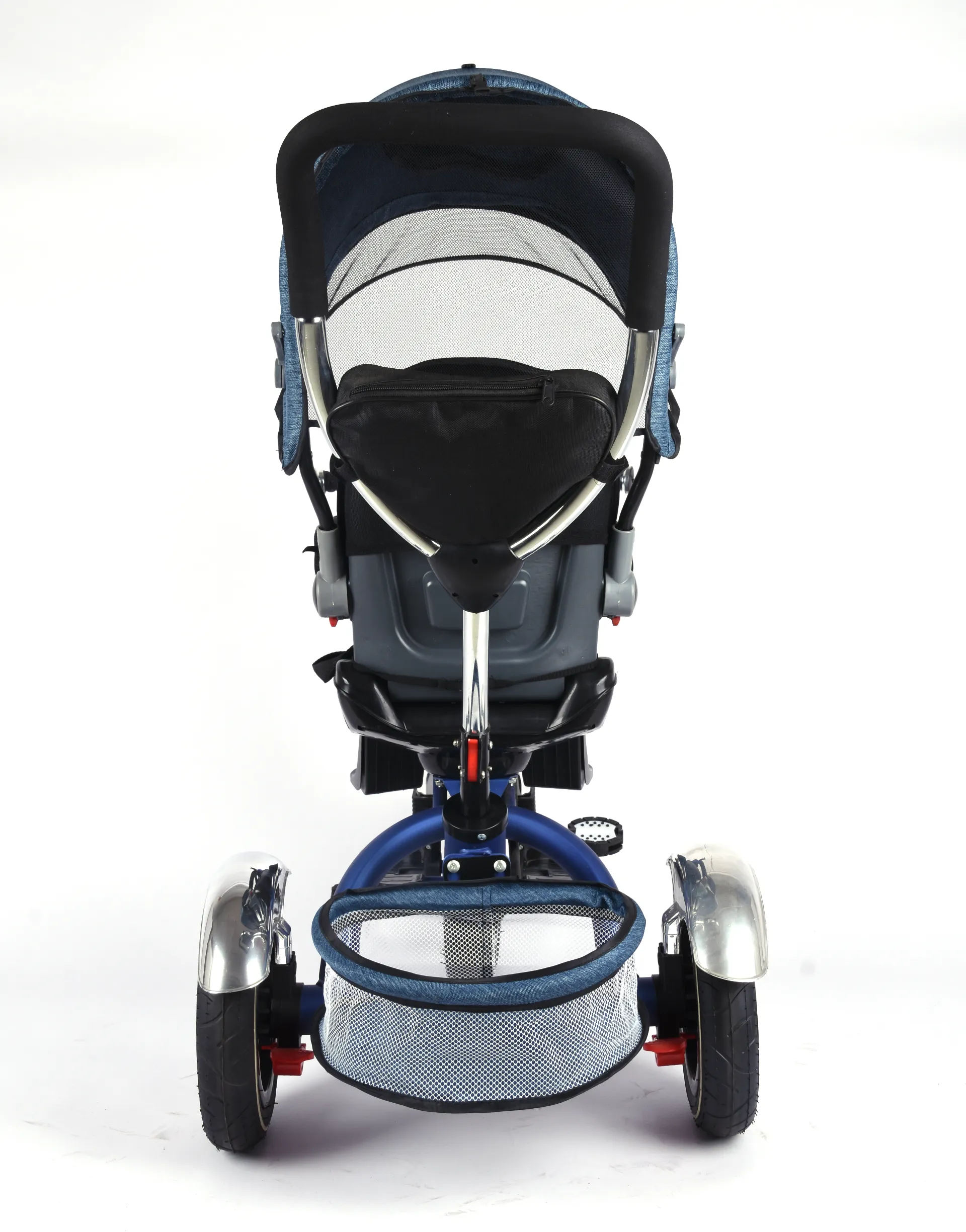The Ultimate Guide to Choosing Your First Mountain Bike for Beginners
The Ultimate Guide to Mountain Bikes for Beginners
Mountain biking is an exhilarating sport that invites riders to explore rugged terrains and connect with nature while enjoying an adrenaline rush. For beginners, choosing the right mountain bike can be a daunting task, given the myriad options available. This guide will help you navigate the essential elements of mountain biking and provide tips for selecting your first bike.
Understanding Mountain Bikes
Mountain bikes are designed specifically for off-road cycling. They have a sturdy frame, wide tires for better grip, and suspension systems to absorb shocks from bumps and trails. Understanding the basic components of mountain bikes will equip you to make informed decisions as you gear up for your first ride.
1. Types of Mountain Bikes
There are several types of mountain bikes, each suited for different riding styles and terrains
- Cross-Country (XC) Bikes Lightweight and efficient, XC bikes are perfect for beginners wanting to ride on relatively smooth trails and cover long distances.
- Trail Bikes These versatile bikes can handle a mix of terrains, from smooth paths to rugged trails, making them great for beginners who want to experience diverse riding conditions.
- All-Mountain Bikes Also known as enduro bikes, they are designed to handle steeper descents and more technical trails. While they may be heavier and require more skill, they offer a thrilling ride for those ready to tackle challenging terrains.
- Fat Bikes With oversized tires, fat bikes are excellent for riding on snowy or sandy trails. They provide stability but are less ideal for climbing steep hills due to their weight.
Key Features to Consider
When choosing a mountain bike, pay attention to the following key features
- Frame Material Mountain bike frames are typically made from aluminum, steel, carbon, or titanium. Aluminum is a popular choice for beginners due to its balance of weight, strength, and cost. Carbon bikes are lighter and more expensive, while steel bikes offer durability but may be heavier.
- Suspension Mountain bikes come with different suspension systems. Hardtail bikes have a suspension fork in the front and a rigid rear, making them lighter and easier to maintain. Full-suspension bikes have both front and rear suspension, offering more comfort and control on rough terrain but can be pricier and heavier.
- Wheel Size Mountain bike wheels commonly come in 26”, 27.5” (650b), and 29” sizes. Smaller wheels (26”) are more maneuverable, while larger wheels (29”) roll over obstacles more easily and offer better traction. Each size has its advantages, so consider your riding style and the types of trails you’ll be exploring.
mountain bikes for beginners

- Gearing Mountain bikes typically have more gears compared to road bikes, which helps riders tackle varying terrain
. A beginner should look for a bike with a wide range of gears to facilitate easier climbing and smoother rides on descents.Fitting Your Bike
A well-fitted bike is crucial for comfort and performance. Here are some tips to ensure a proper fit
- Stand Over Height When you stand over the bike, there should be at least 1-2 inches of clearance for a hardtail or 2-4 inches for a full-suspension bike.
- Seat Height Your saddle height should allow a slight bend in your knee when the pedal is at the lowest point.
- Reach When seated, you should be able to grasp the handlebars without stretching excessively, keeping your elbows slightly bent.
Safety Gear and Accessories
Safety should always come first. As a beginner, invest in the following gear
- Helmet A good-quality, well-fitting helmet is essential for protecting your head in case of falls.
- Gloves Gloves can provide grip and protect your hands from blisters.
- Protective Gear Consider knee and elbow pads for extra protection, especially if you plan on riding more aggressive trails.
- Hydration Pack Staying hydrated is vital, especially on longer rides. A backpack with a hydration reservoir keeps water handy without the need to carry bottles.
Conclusion
Mountain biking can be an incredibly rewarding outdoor activity that fosters a sense of adventure and exploration. By understanding the types of bikes available, key features to consider, fitting your bike properly, and prioritizing safety, beginners can set themselves up for thrilling and enjoyable rides. As you hit the trails, remember to start easy, build your skills gradually, and most importantly, have fun! Happy biking!
-
Unlock Adventure and Confidence with Our Premium Kids' Bikes CollectionNewsAug.27,2025
-
Fun and Safe Adventures with Our Premium Kids Scooter CollectionNewsAug.27,2025
-
Exciting Adventures Begin with Our Premium Kids Mini Bike CollectionNewsAug.27,2025
-
Empower Your Child’s First Ride with Our Premium Kids Balance Bike CollectionNewsAug.27,2025
-
Discover the Ultimate Convenience and Safety with Our Kids Tricycle CollectionNewsAug.27,2025
-
Discover Fun and Development with Our Premium Swig Car CollectionNewsAug.27,2025
-
Kids Scooter Tiny Olympic Games: Scooterathlon!NewsAug.22,2025








